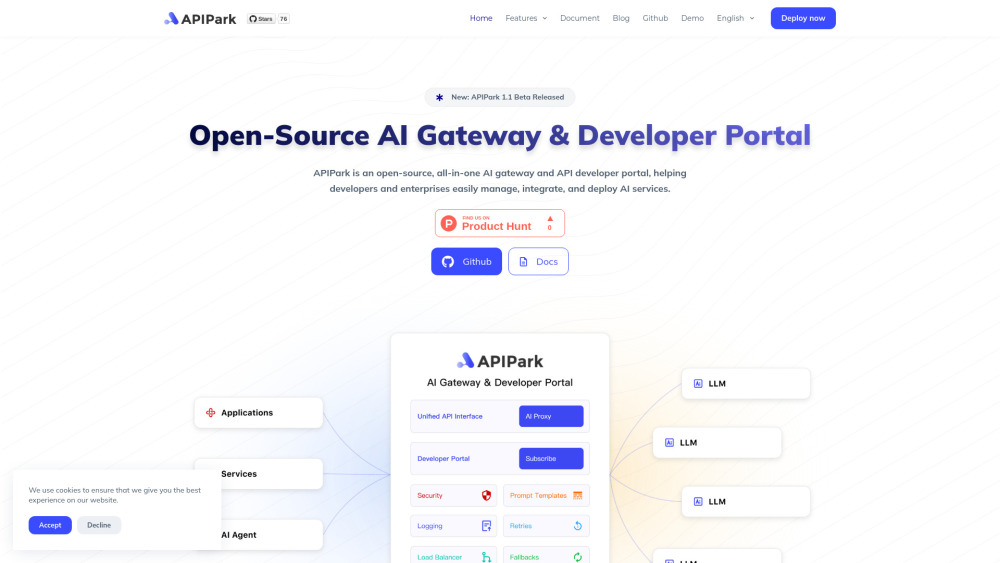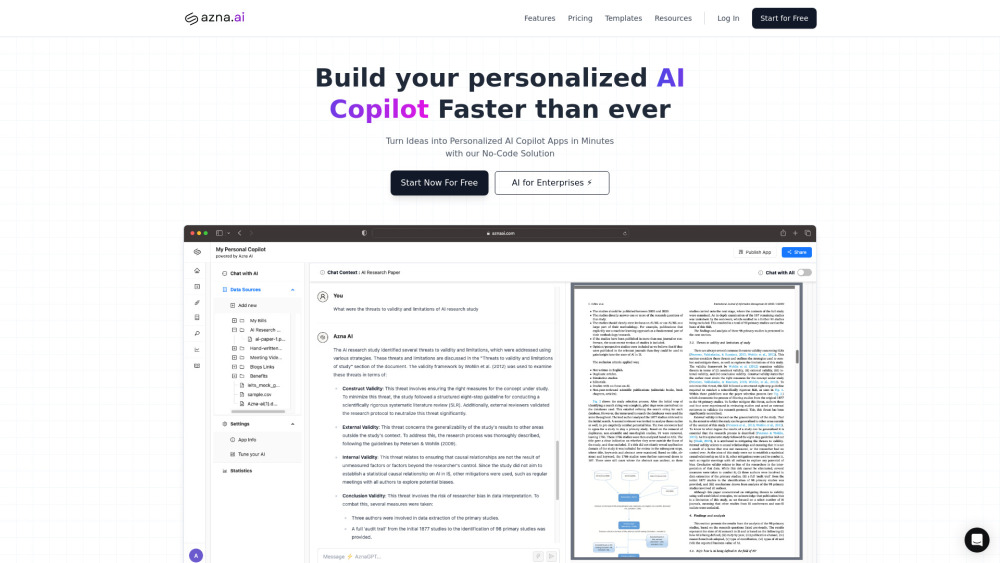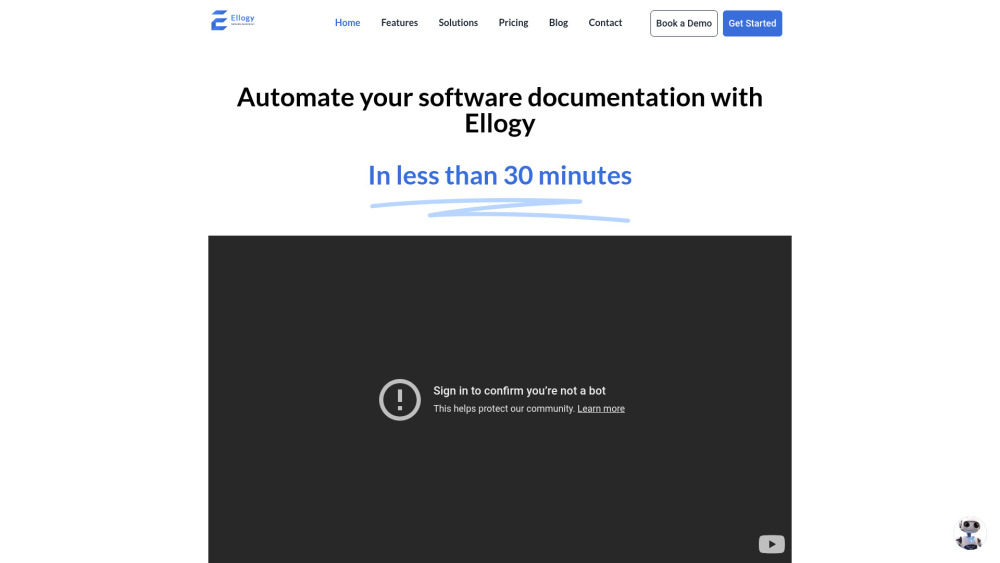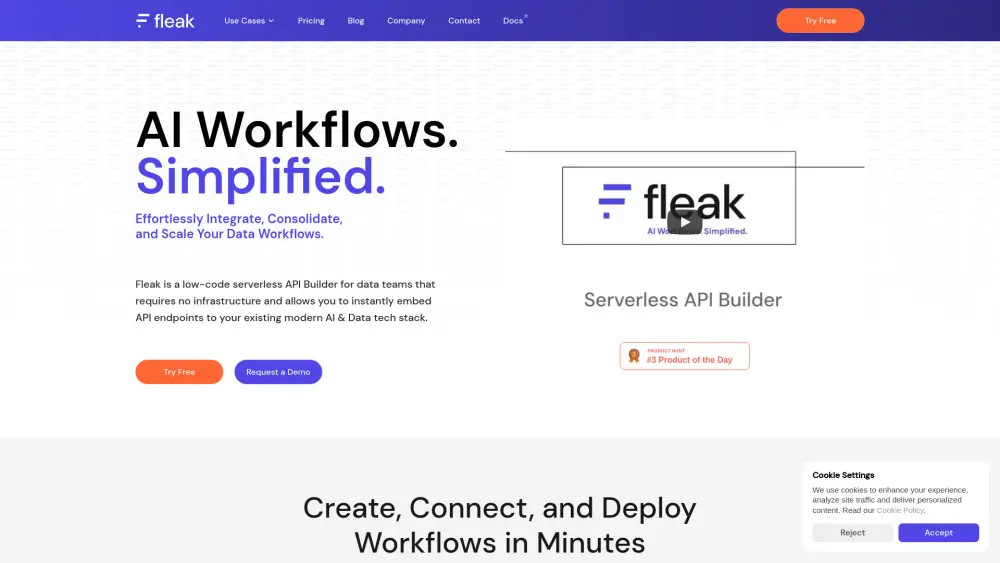PyTorch - Open-Source Machine Learning Library

Product Information
Key Features of PyTorch - Open-Source Machine Learning Library
Tensor computation, GPU acceleration, and dynamic computational graph for efficient machine learning development.
Dynamic Computational Graph
Build and modify neural networks on the fly with PyTorch's dynamic computational graph, allowing for rapid prototyping and development.
GPU Acceleration
Take advantage of GPU acceleration for faster tensor computations and improved performance in machine learning tasks.
Distributed Training
Distribute training across multiple GPUs and machines with PyTorch's built-in support for distributed training, speeding up large-scale machine learning tasks.
Pre-Built Modules
Use pre-built modules for common tasks like computer vision and natural language processing, reducing development time and effort.
Extensive Community Support
Benefit from PyTorch's large and active community, with extensive documentation, tutorials, and pre-built models available for various tasks.
Use Cases of PyTorch - Open-Source Machine Learning Library
Build and train neural networks for image classification tasks.
Develop natural language processing models for text classification and sentiment analysis.
Create custom machine learning models for specific business needs.
Pros and Cons of PyTorch - Open-Source Machine Learning Library
Pros
- Rapid prototyping and development with dynamic computational graph.
- Improved performance with GPU acceleration and distributed training.
Cons
- Steep learning curve for beginners without prior machine learning experience.
- Limited support for certain hardware configurations.
How to Use PyTorch - Open-Source Machine Learning Library
- 1
Install PyTorch using pip or conda.
- 2
Import PyTorch and start building your first neural network.
- 3
Use pre-built modules and tutorials to speed up development.







